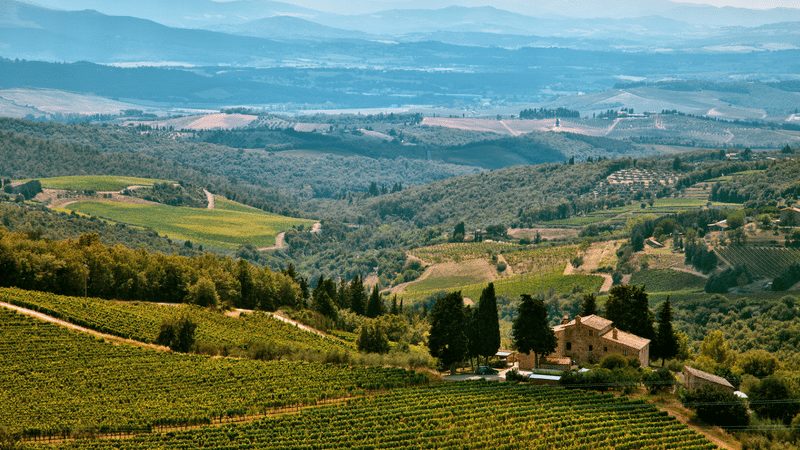Cabernet Sauvignon
Episode #9 of the course Wine basics: Top ten wine varietals by Saffron Hickey
Today, our top wine varietal is Cabernet Sauvignon (cab-er-nay so-vin-yohn). This red wine grape is a cross of Cabernet Franc and Sauvignon Blanc. Its strength and durability results in high yields without sacrificing quality. The wine’s intense tannins can be balanced by blending with softer, fruitier grapes like Merlot. Cabernet Sauvignon has excellent aging potential.
Major Regions
Cabernet Sauvignon is grown worldwide. The largest producer is France, particularly Médoc and Graves in Bordeaux, where it is blended with Merlot and other varietals. Bordeaux Cabernet Sauvignon can be very dry and is often aged extensively. In the US, California is the most significant producer. Its climate results in fruity Cabernet Sauvignon that may contain up to 25% other varietals and develop vanilla flavors as it ages.
Chile’s successful wine industry started with its chocolatey Cabernet Sauvignon, which can be enjoyed younger than other versions. Australian Cabernet Sauvignon is acidic with eucalyptus notes and may be blended with Shiraz for hints of fruit. Italy also grows Cabernet Sauvignon; in Tuscany, it’s blended with Sangiovese for Super-Tuscan wines. Other major producers include South Africa, Argentina, and—recently—China.
Characteristics
Note: The scents and tastes people perceive in wine vary greatly depending on individual palates, production methods, climate, and more.
Sweetness: Cabernet Sauvignon is a dry red wine with medium tannins and medium acidity.
Appearance: Deep purple to dark garnet, opaque.
Aromas and flavors: Black cherry, black pepper, tobacco, licorice, blackberry, blackcurrant, cocoa, graphite, violet, black olives, black pepper, green bell pepper, vanilla, eucalyptus.
Body: Full-bodied.
Aging: Cabernet Sauvignon is aged at least one to two years in oak and often longer in the bottle. Aging softens its harsh tannins and brings out subtle layers of flavor and aroma. The finest Cabernet Sauvignon can be aged in the cellar for decades, continually developing and improving.
Food Pairing
Cabernet Sauvignon is more enjoyable with food than on its own. Its firm tannins suit foods high in fat and protein. Top choices include grilled steak, roast beef, blue and aged cheese, lamb shank, pork ribs, pasta with rich cheese sauce, or beef burgers with onions or mushrooms. Some complementary ingredients are black olives, mushrooms, green bell pepper, rosemary, mustard, and chocolate.
Selection Guide
Unlike other varietals, the fruit notes of Cabernet Sauvignon are more prominent with age than youth, after time has relaxed its intense tannins. Cabernet Sauvignon is a great wine to buy for aging at home, especially for milestone occasions; for example, this wine can be given as a wedding present and opened years later for an anniversary.
To enjoy straight away, seek a Cabernet Sauvignon that has undergone longer aging or consider a fruity Chilean version. Blending tames the boldness of Cabernet Sauvignon, but be aware that some wines—especially from the US—may not clearly state other varietals on the label.
Tomorrow, for our last lesson, learn about the spicy Shiraz/Syrah!
Recommended reading
Puckette, Madeline, 2012. Guide to Cabernet Sauvignon Red Wine.
Robinson, Jancis, 2017. Cabernet Sauvignon. Oxford: JancisRobinson.com.
Slinkard, Stacy, 2017. Quick Guide to Cabernet Sauvignon. New York, NY: The Spruce.
Recommended book
Share with friends

